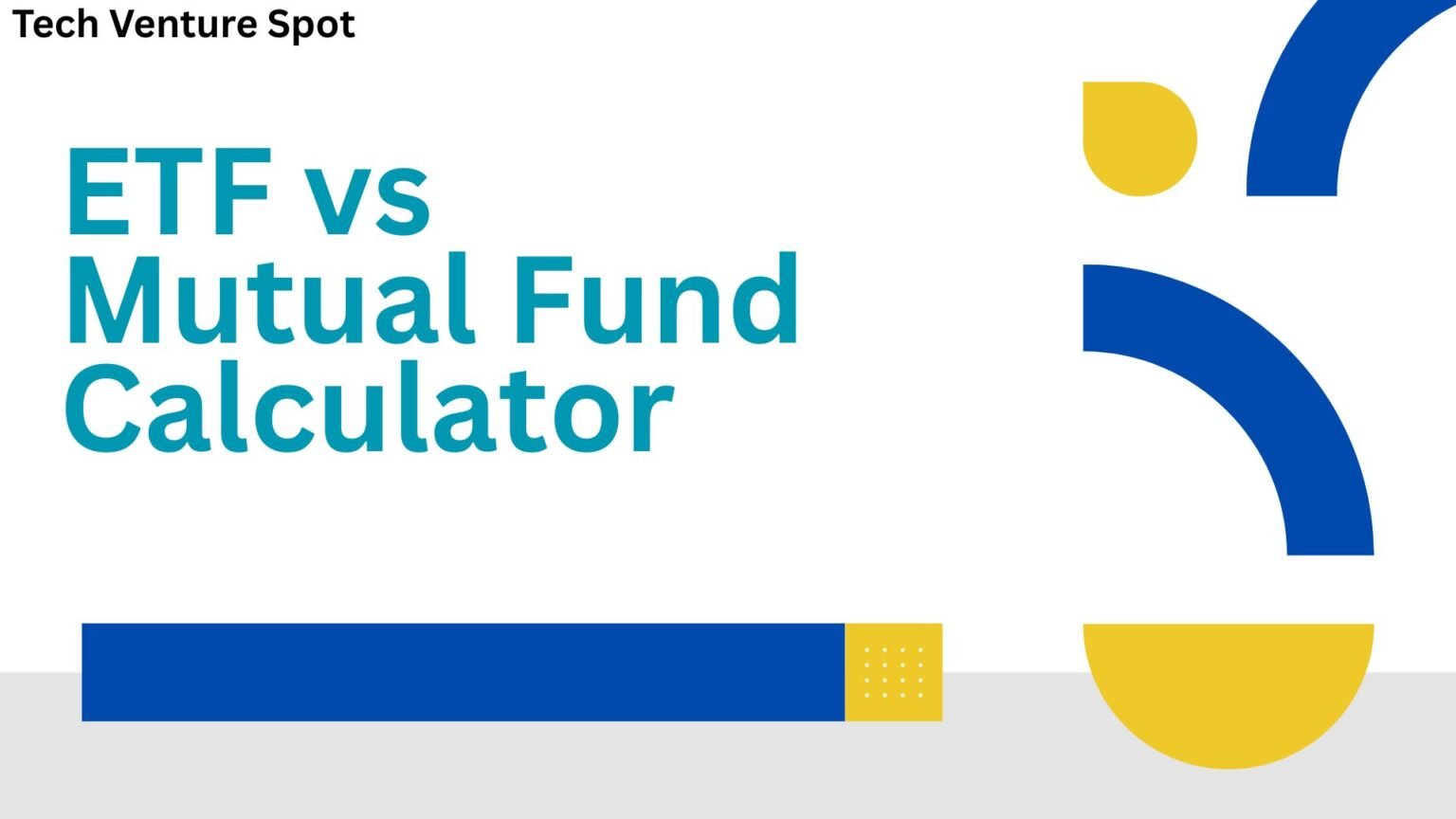| Year | Age | Start | Contribution | Interest | End |
|---|
Understanding and Calculating Compound Interest
Compound interest is the interest calculated not only on the initial principal but also on the accumulated interest from previous periods. In simpler terms, it's "interest on interest." This powerful snowball effect is what makes time one of the most valuable assets when it comes to saving and investing for the long term.
For more financial tools, you can also read about the: Mortgage Calculator UAE.
Simple Formula (No Monthly Payments)
The final value (FV) of an investment after a period of t years, with an initial principal P, an annual interest rate r, and compounded n times per year, can be calculated using the following formula:
FV = P * ((1 + r/n)^(n * t))
Here, P = initial principal.
Formula with Regular Periodic Payments
When you make regular periodic contributions (PMT), such as monthly savings, the formula expands to account for these additions:
FV = P * (1 + r/n)^(n*t) + PMT * (((1 + r/n)^(n*t) - 1) / (r/n))
This is the standard, audited financial formula used by all legitimate compound interest calculators to ensure accuracy.
Why Is a Compound Interest Calculator Useful?
Quick Estimates
Instantly see the future value of your savings or investments under different scenarios (one-off payments, regular saving plans, or irregular deposits).
Compare Options
Easily compare different investment strategies, such as a Systematic Investment Plan (SIP) versus a lump-sum investment, or see the effect of different compounding periods.
Target Planning
Work backward to determine the required interest rates or monthly contributions needed to achieve a specific financial target, like a retirement fund.
Transparency
Financial calculators use standard, universally accepted formulas. This transparency means there are no hidden mechanics—what you see is based on established financial mathematics.
Good calculators even allow you to maintain records with yearly breakdowns, export data to CSV, and download tables for further analysis.
How to Use a Compound Interest Calculator (Step-by-Step)
- Input Initial Principal (P): The amount you are starting with (e.g., $15,000).
- Select Contribution Type: Choose between no contributions, a fixed monthly/annual amount, or an irregular schedule.
- Enter Periodic Contribution (PMT): The amount you will add regularly (e.g., $400) and its frequency (monthly, quarterly, yearly).
- Define Rates: Enter the nominal annual interest rate (r) and the compounding frequency (n) (e.g., annually, monthly, daily).
- Establish Time Span: Set the number of years for the investment or a target age (e.g., from your current age to 65).
- Optional Adjustments: For a more realistic projection, you can include the expected inflation rate and tax rate to see the real and after-tax values.
- Calculate: The tool will then provide the final balance, total contributions, and total interest earned, often accompanied by a year-by-year table, charts, and export options.
Case Studies (Useful Questions & Answers)
Example A — Retirement Savings Projection
Question: "If I start with $15,000 and add $400/month at 7% compounded monthly, what will my balance be at age 65, assuming I have 30 years to save?"
Details: P = $15,000; PMT = $400 per month; r = 7%; n = 12; t = 30 years.
Result: The closing balance would be approximately $609,735.86. The year-by-year breakdown would show the power of compounding over time.
| Year | Ending Balance (Approx.) |
|---|---|
| 0 | $15,000.00 |
| 5 | $49,901.54 |
| 10 | $99,378.84 |
| 15 | $169,519.12 |
| 20 | $268,951.75 |
| 25 | $409,909.95 |
| 30 | $609,735.86 |
Example B — Target Planning / Needed Rate
Question: "What interest rate do I need to turn $25,000 into $100,000 in 10 years with annual compounding?"
Calculation: Using the formula r = (FV/PV)^(1/t) - 1, the required rate is approximately 14.87% per year.
Example D — SIP versus Lump Sum
Question: "Which gives a higher final value over 20 years at 8%: investing $96,000 as a lump sum today, or investing $400/month (totaling $96,000)?"
- Lump Sum: Investing $96,000 at t=0 at 8% per annum for 20 years results in an FV of approximately $447,451.89.
- SIP: Investing $400 monthly at 8% annual, compounded monthly, results in an FV of approximately $235,608.17.
Conclusion: The lump sum (investing capital earlier) typically yields a much greater final value, as the entire amount has more time to compound.
Excel & Python Implementations
Excel
For monthly compounding with monthly contributions, Excel's FV function is ideal.
Syntax: =FV(rate, nper, pmt, [pv], [type])
Example: For a 7% annual rate, 30 years, $400 monthly contribution, and $15,000 initial principal:
=FV(0.07/12, 30*12, -400, -15000, 0)This formula will return the same result of ~$609,735.86.
Python
A basic Python function can also be written to model this:
def future_value(P, PMT, r, n, t):
# P: principal, PMT: periodic contribution
# r: annual rate (decimal), n: compounds per year, t: years
fv_principal = P * (1 + r/n)**(n*t)
if PMT == 0:
fv_payments = 0
else:
fv_payments = PMT * (((1 + r/n)**(n*t) - 1) / (r/n))
return fv_principal + fv_payments
# Example usage:
final_value = future_value(15000, 400, 0.07, 12, 30)
print(f"The future value is: ${final_value:,.2f}")
# Output: The future value is: $609,735.86
What to Watch Out For (Warnings & Reliability)
- Taxes and Inflation: These factors reduce the real growth of your money. Always consider using after-tax and inflation-adjusted figures for a realistic view of future purchasing power.
- Fees: Costs like fund expense ratios or advisory fees directly reduce your net return. Ensure the rate you use for projections is net of any fees.
- Disclaimer: Calculations are purely mathematical projections based on the inputs provided. They are for illustrative purposes and do not constitute investment advice. Always seek guidance from a licensed financial advisor for personal financial planning.
Also Read: Education Loan EMI Calculator
Compound Interest Calculator FAQs
1. How much will $10,000 become in 12 years at 6% interest compounded monthly?
Use the formula A = P(1 + r/n)nt. With P=10,000, r=0.06, n=12, t=12, the final amount can be calculated using a compound interest calculator or Excel’s FV formula.
2. How do I calculate final balance with monthly contributions (₹5,000 at 8% for 20 years)?
Use the future value of series formula. A calculator will also generate a yearly breakdown table for 20 years.
3. What rate is required to turn $25,000 into $100,000 in 10 years?
Solve r = (A/P)1/t – 1. Here r = (100000/25000)1/10 – 1. A calculator computes this quickly.
4. Which is better: 7% annually vs 6.75% monthly for 15 years?
Compare balances: A1 = P(1+0.07)15 vs A2 = P(1+0.0675/12)180. Monthly usually gives slightly higher returns.
5. How does continuous compounding work?
Continuous compounding uses A = Pert. Example: P=1,000, r=0.05, t=3 gives A = 1000 × e0.15.
6. How long will it take to double money at 5.5% quarterly compounding?
Use t = ln(2) / (n × ln(1 + r/n)). At 5.5% quarterly, time ≈ 12.9 years. Rule of 72 gives ~13.1 years.
7. How do I adjust for inflation in compound interest?
Calculate nominal value, then divide by (1+i)t to get real value. Example: 6% growth vs 3% inflation over 25 years.
8. Can irregular deposits be calculated?
Yes — advanced calculators handle transaction schedules and amortization tables. Otherwise, compute manually for each deposit date.
9. What is the Excel formula for monthly compounding with contributions?
Use =FV(rate/12, months, -payment, -pv). Example: =FV(0.06/12, 240, -200, 0).
10. How much will I have at retirement with $15,000 initial + $400/month at 7%?
Use FV function in Excel or calculator. The balance grows significantly over decades due to compounding.
11. Can compound interest calculators include taxes?
Most don’t. Apply after-tax adjustments manually: net gains = gains × (1 – tax rate). Deduct annually for more accuracy.
12. Which is better: SIP or lump sum investment?
Lump sum benefits from more compounding time; SIP reduces risk and benefits from cost averaging. A calculator shows both scenarios.
13. Can I build a compound interest calculator in Python?
Yes. Example: FV = PV*(1+r/n)**(n*t) + PMT*((1+r/n)**(n*t)-1)/(r/n). This handles principal + contributions.
14. How do I find the Effective Annual Rate (EAR) for 6% semi-annual compounding?
EAR = (1 + 0.06/2)2 – 1 = 6.09%.
15. What is the loan balance after 3 years at 10% compounded monthly?
Outstanding = 200,000 × (1+0.10/12)36. A calculator provides the exact figure.
16. Can calculators show growth graphs?
Yes. Export yearly balances and plot in Excel, Google Sheets, or matplotlib for a visual growth curve.
17. How much extra must I contribute monthly to reach $1M in 20 years at 6%?
Rearrange annuity formula to solve for PMT. Calculators with “goal seek” mode solve this instantly.
18. Does compounding frequency affect returns?
Yes. More frequent compounding increases returns slightly. Daily > monthly > annual. Continuous uses A = Pert.
19. Can calculators export yearly balances as CSV?
Many do. CSV includes Year, Balance, Contributions, and Interest Earned — easy to import into Google Sheets.
20. What effect does adding $50/month early have over 40 years?
Because of compounding, small early increases generate disproportionately large differences — often tens of thousands more at the end.


